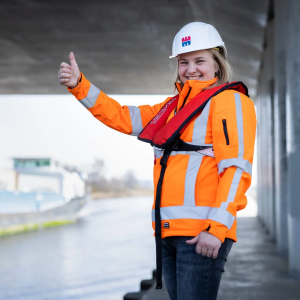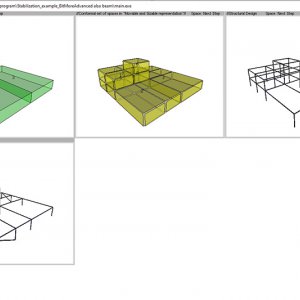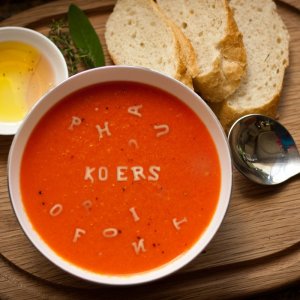Start-colloquium Naomi Vastenhout
The use of drainage sludge from the Rotterdam harbor implemented in a mix design for a 3DCP application
Recognizing the negative environmental impact of concrete, alternatives to the use of traditional concrete have been explored. Additive manufacturing methods, such as 3D concrete printing can be a solution for approaching the demand for more resource-efficient concrete constructions.
However, while 3D concrete printing holds potential, most 3D concrete printing compositions are characterized by a high cement content. This while cement in particular has a significant environmental impact due to its high CO2 emissions. With emissions of 5-8% of total global CO2 emissions, the cement sector is one of the most polluting industries.
The use of earth-based materials, such as clay, is a promising option for the replacement of cement. A source of clay in the Netherlands can be found in the dredged material from the harbor of Rotterdam.
By using the drainage sludge, which contains clay, to produce a binder in the composition of concrete for a 3D concrete printing application, a residual product can be used in a sustainable way to contribute to a smaller CO2-footprint of the concrete industry.
During my start-colloquium, I will present my research proposal and show which steps I want to perform for the rest of the project.


